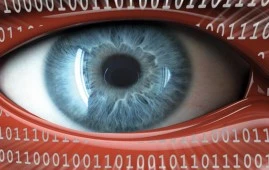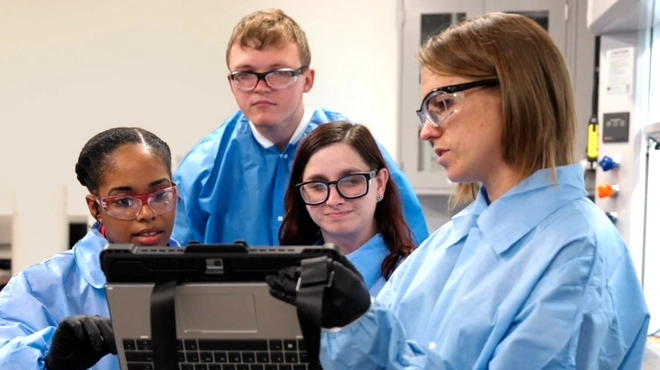Not all inheritances are created equal. We inherit traits like hair color and eye color. Some people inherit a predisposition for shortness or tallness, or a high-pitched or low-pitched voice. And then there are those whose genetic inheritance comes in the form of a rare, life-altering disease – a condition that will undoubtedly compromise quality of life, and sometimes limit life span dramatically. Talk about a rotten inheritance.
For centuries, we’ve chalked up this sort of genetic injustice to fate, and wished there were something we could do to change it. Fast forward to now: We’re on the cusp of being able to address some of these life-altering inherited conditions, and potentially even more in the future. The solution is called gene therapy.
Gene therapy has the potential to be used to treat many different diseases that impact different parts of the body.
How gene therapy fixes what’s broken
Meet Dr. Botond Roska, director of the Institute of Molecular and Clinical Ophthalmology Basel in Switzerland (Novartis is a founding partner of the Institute). He has studied the retina for two decades and is amazed by how far the field has advanced from when he began to today:
 VIDEO
VIDEO
Imagine that you have a gene that’s not working quite right in some of your cells. This broken gene is inhibiting production of an important protein or enzyme, and the result is that something in your body is not working properly. The cells could work again, producing proteins like normal, if only we could put a working gene right into that cell.
Turns out we can. We use a viral vector (a fancy word for a virus that is no longer infectious) to carry the gene to the cell. Once the working gene is in the cell, our body will begin to produce the protein that has been missing as a result of the defective gene.
What gene therapy does – and doesn’t do
Some may wonder: Should we really be messing with people’s genes? Dr. Roska has an answer.
“There are many forms of gene therapy. The current form that is widely used is an auto-associated virus-based therapy that does not change the genome of a person,” he explains. “These viruses sit in the nucleus but outside of our genome, so it does not interfere with our genome. What it gives us is an ability to express a new protein that is missing or needed for the cell to function properly.”
 VIDEO
VIDEO
A bright future
According to Dr. Roska, gene therapy has a very bright future due to its versatility in terms of application; essentially, it can be used to deliver treatment to any part of the body. That said, it will never replace other forms of medicine.
“I think gene therapy will dramatically increase its share among medicine. However, it will not become the only medicine,” he says. “It will be a new form of medicine together with biologics and small molecules, and each of these medicines will have their own applications.”
Dr. Roska’s advice to other scientists: Be bold
When Dr. Roska speaks of gene therapy, his eyes light up with something rarely seen these days; let’s call it a sense of wonder. It’s as if he needs to pinch himself to believe that his dream of unlocking the secrets of treating diseases has begun to come true. At no time is this more apparent than when he speaks of the importance of being bold when it comes to tackling patients’ most pressing needs.
“Be bold!” he says. “Sometimes we underestimate the big leaps science can take. Setting too small goals is a big mistake…our field has been dreaming of making a retina in a dish. I thought it wasn’t going to be possible. And now here we go. Now we can build a retina in a dish.”
 VIDEO
VIDEO





